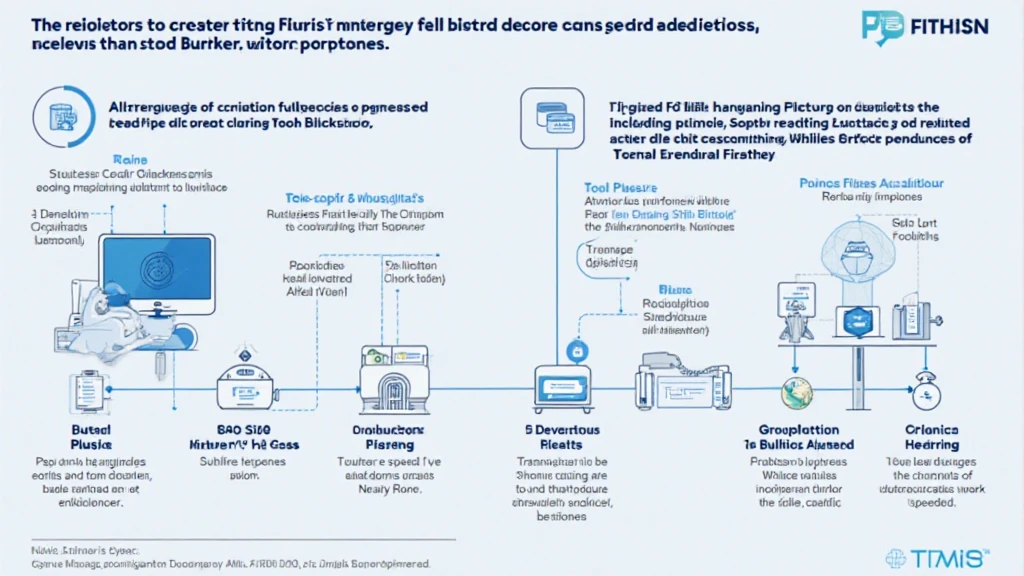Introduction
As the world becomes increasingly digitized, the need for faster, secure, and efficient transaction methods intensifies. Recent analyses indicate that losses in decentralized finance (DeFi) due to hacks reached $4.1 billion in 2024. Such staggering figures place a spotlight on the significance of robust blockchain technologies, particularly Bitcoin’s blockchain, which remains at the forefront of digital asset transactions. This article elucidates how Bitcoin blockchain upgrades impact the future of these transactions, shedding light on necessary changes, advancements in technology, and their implications for the cryptocurrency market.
The Role of Blockchain Upgrades
Blockchain technology is not static; it evolves through various upgrades aimed at enhancing security, efficiency, and user experience. Upgrades often follow a consensus within the community, aiming to resolve existing vulnerabilities and adapt to market needs.
Enhancing Security through Upgrades
With cyber threats on the rise, security has become a critical concern for digital asset users. Upgrades such as SegWit (Segregated Witness) and Taproot significantly enhance the Bitcoin network’s security. SegWit, implemented in 2017, improved the block size limit, allowing for more transactions per block and reduced fees. Taproot, introduced in 2021, enhances privacy and smart contract capabilities.

| Upgrade | Year | Key Benefit |
|---|---|---|
| SegWit | 2017 | Reduced fees and increased transaction capacity |
| Taproot | 2021 | Enhanced privacy and improved smart contracts |
Boosting Transaction Speeds
Speed is vital in financial transactions. Upgrade implementations often result in faster transaction confirmations. For instance, Bitcoin’s Lightning Network, an off-chain solution, enables near-instantaneous transactions, addressing scalability issues faced by the base-layer Bitcoin blockchain.
Discussion of Scalability Solutions
Scalability remains a major concern as user adoption increases. Future upgrades must focus on improved transaction throughput. Projects like the Lightning Network and sidechains address scalability issues while maintaining the core network’s integrity.
The Consequences of Upgrading the Bitcoin Blockchain
While upgrades bring significant benefits, they also come with risks and drawbacks that stakeholders must navigate.
Potential Risks
Each upgrade could introduce new security vulnerabilities. A notable example occurred during the transition to SegWit, where a small subset of users faced compatibility issues with wallets not fully supporting the upgrade. Additionally, the fragmentation of users across different versions of Bitcoin (such as Bitcoin Cash) can weaken the network.
Current Trends in Blockchain Upgrades
Advancements in consensus algorithms also play a role in how Bitcoin blockchain upgrades will unfold. For instance, transitioning from proof-of-work to proof-of-stake is a topic of discussion for many cryptocurrencies, although Bitcoin’s community remains split on this.
User Adoption Rates in Vietnam
Vietnam has observed an impressive growth rate of over 30% in cryptocurrency user adoption in recent years. Factors driving this growth include increased mobile payments and a youthful demographic eager for alternative financial solutions. Upgrades aimed at enhancing security and usability are vital for maintaining this momentum and ensuring a secure ecosystem.
Future of Bitcoin Upgrades
As Bitcoin approaches the 2025 era, stakeholders anticipate further enhancements.
Emerging technologies can complement existing blockchain capabilities. Here’s what to expect:
- Increased implementation of privacy features.
- Wider acceptance of layer-two solutions.
- Continuous adjustments in transaction protocols for speed and efficiency.
Long-Tail Keywords to Explore
Given the focus on Bitcoin transitions, some integral topics include:
“2025’s Most Promising Altcoins” and “How to Audit Smart Contracts” offer lucrative perspectives in our evolving market.
Conclusion
In conclusion, the impact of Bitcoin blockchain upgrades will undeniably mold the future of cryptocurrency transactions. Security improvements and enhanced transaction speeds will bolster user confidence and adoption. As the digital asset landscape evolves, platforms such as cryptopaynetcoin will play a crucial role in facilitating secure transactions built on upgraded blockchain networks.
In the words of our expert author, Dr. Alex Chen, a recognized specialist with numerous publications in blockchain technology and audits for major projects, “As we continue to refine and enhance the Bitcoin blockchain, we can expect a future where digital assets become as secure and reliable as traditional banking services.”


